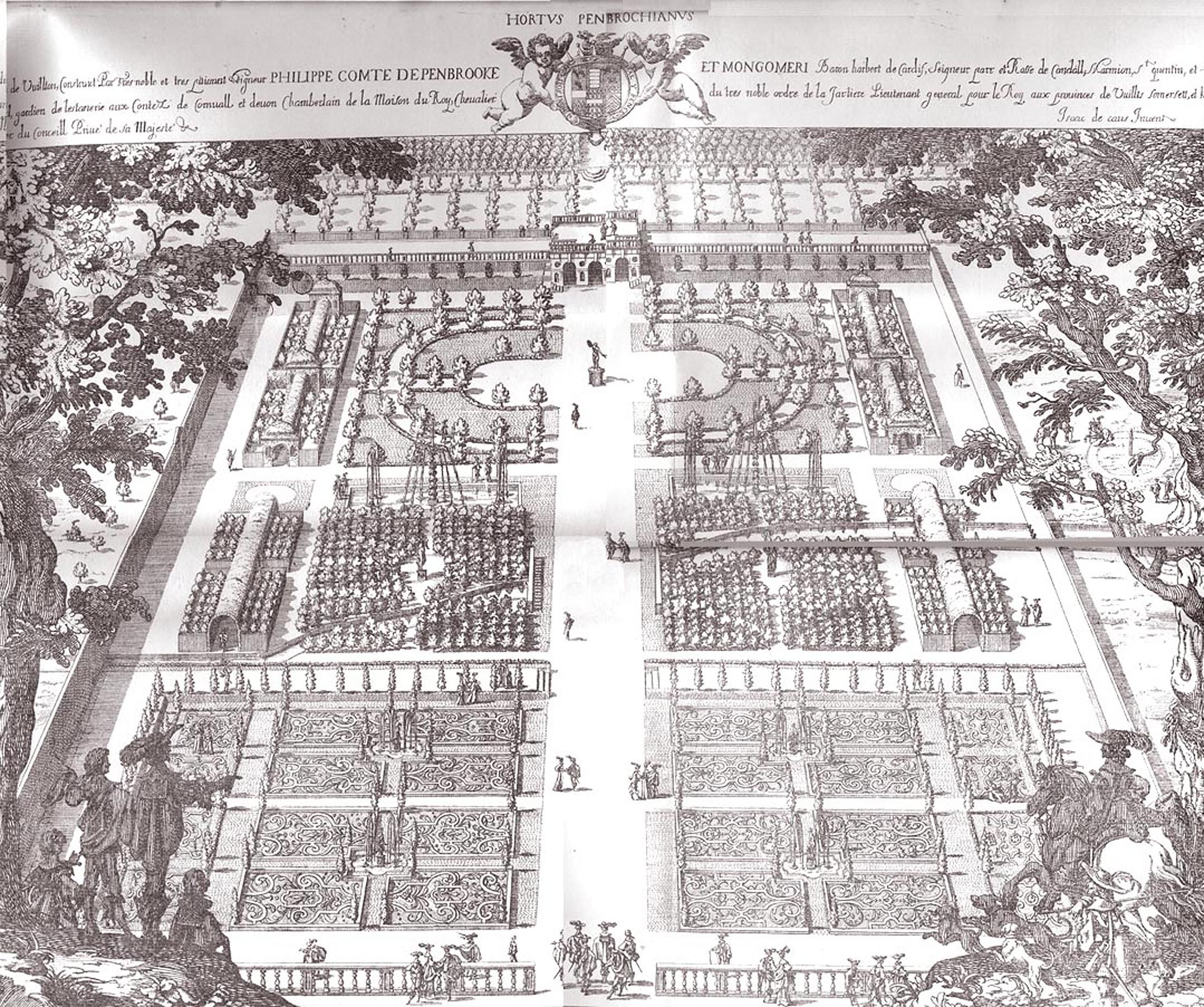I just received a Google Alert message for my keywords 'garden history' and discovered it was a new comment on the Garden History Society (GHS) website Forum from another garden historian 'stephenha' who has some interesting points to make. The link takes you to the page but I have taken the liberty of copying Stephen's text below. I, and I am sure he and the GHS, would value feedback from yous who are interested in garden history, maybe are members of the GHS and also social media users. Feel free to post comments here or on the Forum page.
Embrace the Future or Stagnate
by stephenha.
'I teach garden history to a wide age range of students. If you can
deliver the subject without making it stuffy then I find younger
students are interested in it and see the relevance to other subjects
such as garden design.
In these modern times getting your message across to younger people is vital. Facebook and Twitter are both modern mediums that most young people use. Organisations and Societies now use Facebook and Twitter to get their message across to a global audience. These mediums are used to raise profile and make a global audience aware that the organisation even exists. Do you think that the time has come to follow suit and the Garden History Society has a Facebook account and even Twitter. Yes you can find a tweet on the lecture series but more is needed. I believe this would be extremley popular and attract followers and new members.
I try to encourage some of my students to join the Garden History Society because I believe that now or in the future they will have a part to play and have something to offer. After all to offer the old cliche, younger people are going to be the future of the society and what is really offered to attract the new blood in?
As much as I like looking at the website it does not set the world on fire and does not say come and join us. Some may think I want to dumb down, some may think I want shiny bright things like attracting magpies which is not the case. I just think the time has come to embrace the new IT age.
I also enjoy recieving my copy of the Journal. But again for some younger students one look at the jounal is enough to turn them off garden history for life. I would like to see essays at different levels to entice people in. Students are not all yet at the academic level of the Journal. I say not yet, but some will be, but by then it may be to late.'
In these modern times getting your message across to younger people is vital. Facebook and Twitter are both modern mediums that most young people use. Organisations and Societies now use Facebook and Twitter to get their message across to a global audience. These mediums are used to raise profile and make a global audience aware that the organisation even exists. Do you think that the time has come to follow suit and the Garden History Society has a Facebook account and even Twitter. Yes you can find a tweet on the lecture series but more is needed. I believe this would be extremley popular and attract followers and new members.
I try to encourage some of my students to join the Garden History Society because I believe that now or in the future they will have a part to play and have something to offer. After all to offer the old cliche, younger people are going to be the future of the society and what is really offered to attract the new blood in?
As much as I like looking at the website it does not set the world on fire and does not say come and join us. Some may think I want to dumb down, some may think I want shiny bright things like attracting magpies which is not the case. I just think the time has come to embrace the new IT age.
I also enjoy recieving my copy of the Journal. But again for some younger students one look at the jounal is enough to turn them off garden history for life. I would like to see essays at different levels to entice people in. Students are not all yet at the academic level of the Journal. I say not yet, but some will be, but by then it may be to late.'















